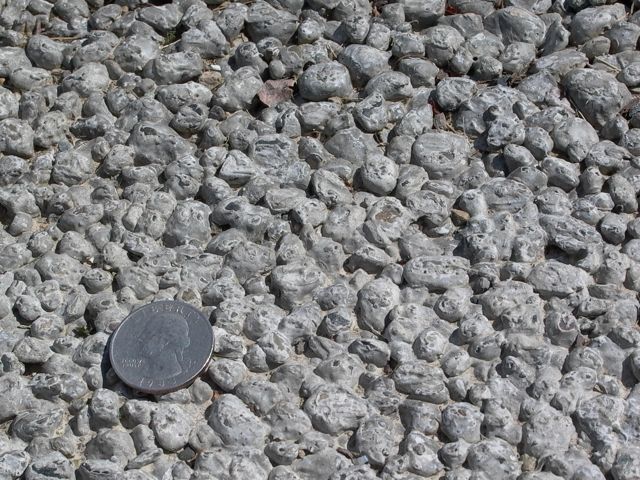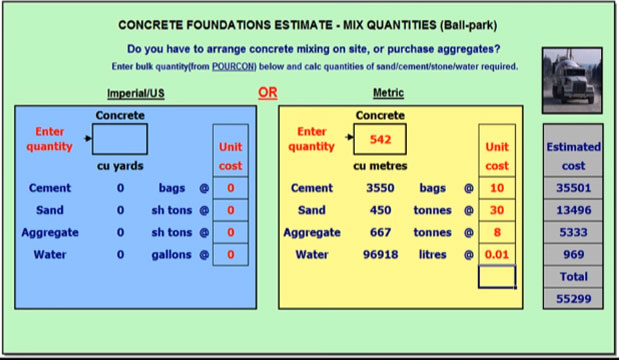

We therefore recommended the more conservative value of 2.5 In most cases, permeable pavement should not be situated above fill soils. These are not as conservative as infiltration rates based on the Unified Soil Classification System, particularly for finer textured soils.
Pervious concrete mix design calculator manual#
This manual utilizes recommended soil infiltration rates for hydrologic soil groups (see ). Information: The safety factor of 2.5 is greater than a factor of 2 recommended in most guidance for permeable pavement (see, ,, , ). This reduction accounts for incidental compaction during construction and sedimentation of the subgrade over time. The median rate determined from in-situ measurements should be reduced by a factor of 2.5 and this reduced value used in design calculations. However, it is best to determine rates using on-site infiltration testing per ASTM D3385 Standard Test Method for Infiltration Rate of Soils in Field Using Double-Ring Infiltrometer, D5093 Standard Test Method for Field Measurement of Infiltration Rate Using Double-Ring Infiltrometer with Sealed-Inner Ring or other available methods.

Soil infiltration rates can also be estimated from soil classifications per ASTM D2487. Soil surveys and HSG classifications provide a general estimate of the soil's infiltration rate. In particular, areas of HSG A or B soils shown on soil surveys should be considered as primary locations for all types of infiltration practices. ( NRCS Hydrologic Soil Group (HSG) C or D soils usually require an underdrain, whereas HSG A and B soils often do not.) Designers should evaluate existing soil properties during initial site layout with the goal of configuring permeable pavement that conserves and protects soils with the highest infiltration rates. Soils – Soil conditions and infiltration rates determine the use of an underdrain.

This is especially important in urban areas with high land prices and highly developed sites with little or no space for stormwater detention.


 0 kommentar(er)
0 kommentar(er)
